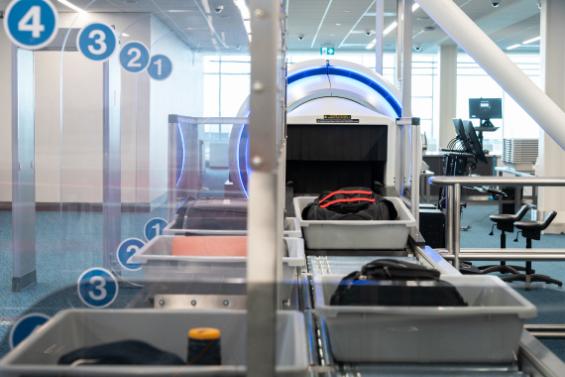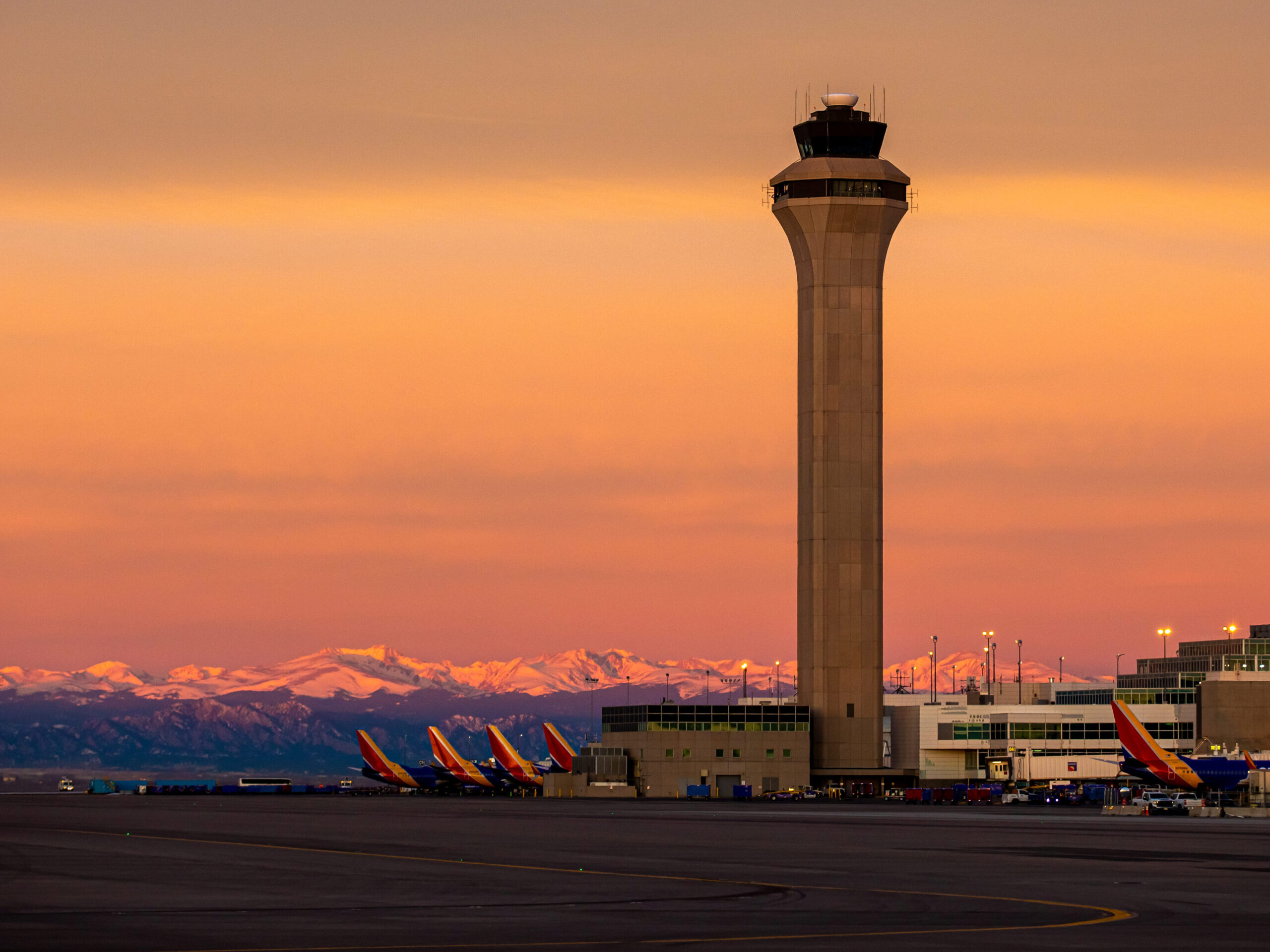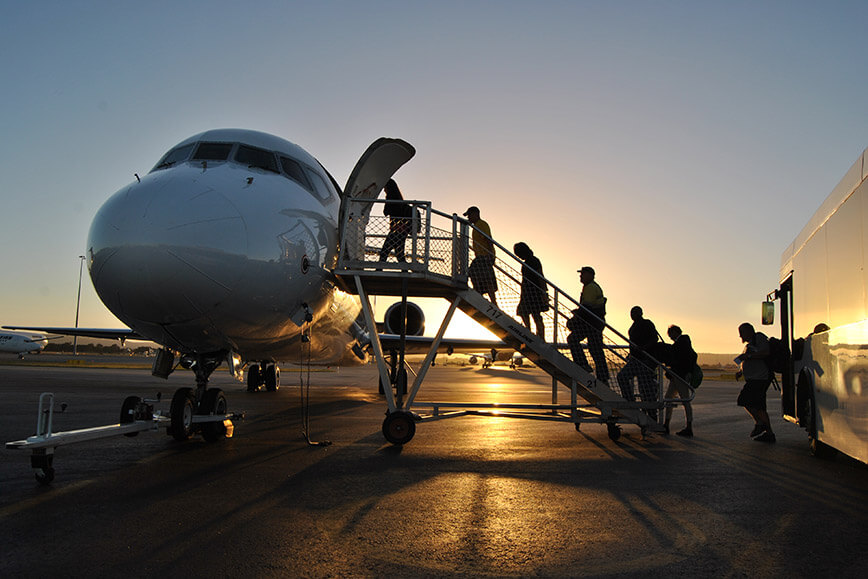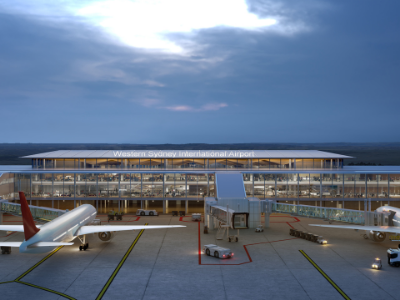Construction has officially started on the runway at Western Sydney International (Nancy-Bird Walton) Airport.
Western Sydney International Airport is set to open in 2026 to meet Sydney’s growing aviation demand. The airfield aims to incorporate the latest technology alongside an innovative design to enhance the future of air travel in Australia.
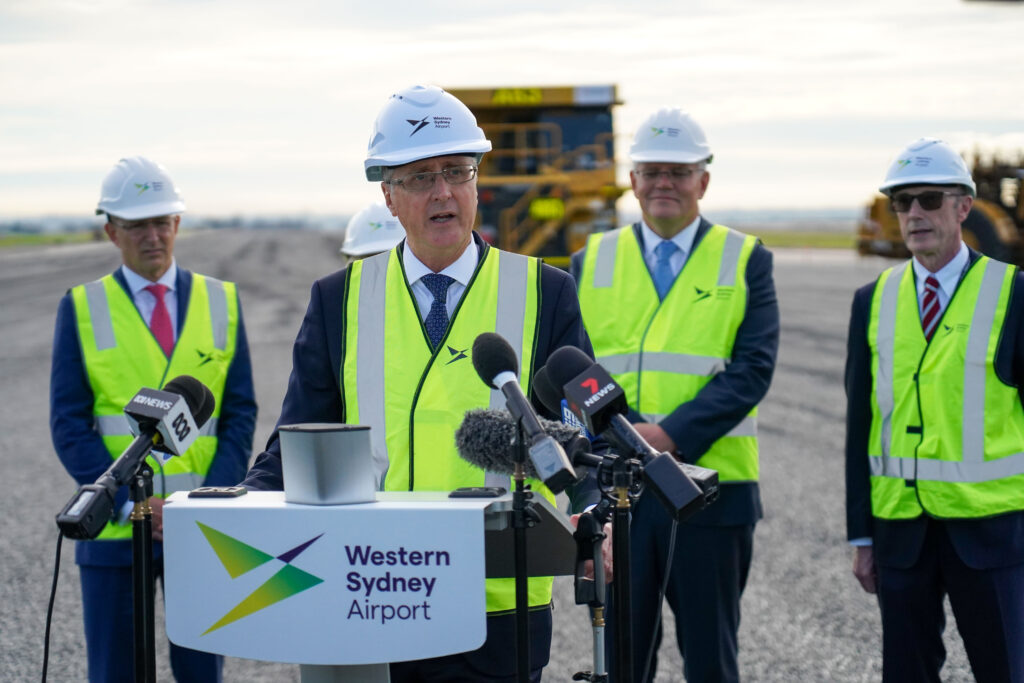
Western Sydney Airport CEO Simon Hickey, said:Not only are we building Australia’s best airport terminal – we’re building Australia’s best runway, delivering a travel experience that will be unrivalled in this country. Our airfield’s design means we’ll safely get planes in the air or to the gates faster. At Western Sydney International, we’ll get passengers on their way sooner, whether that’s getting to your meeting on time or arriving home to loved ones.
The 3.7-kilometre runway and rapid-exit taxiways are designed to reduce taxi and holding times, thus preventing frustrating and costly delays on the tarmac. The runway will also be able to serve all commercial aircraft, including the new generation of ultra-long-haul airliners such as the A350-1000 and Boeing 777X.
Furthermore, Western Sydney International Airport will be the only airport in Sydney equipped with a modern CAT III-B instrument landing system, which allows flights to land safely on the runway in conditions of low visibility.
Hickey said:Western Sydney International will continue operating safely in foggy conditions that currently shut down Sydney’s skies. Our airfield will be future-ready, designed for expansion with consideration for emerging technologies such as electric aircraft.
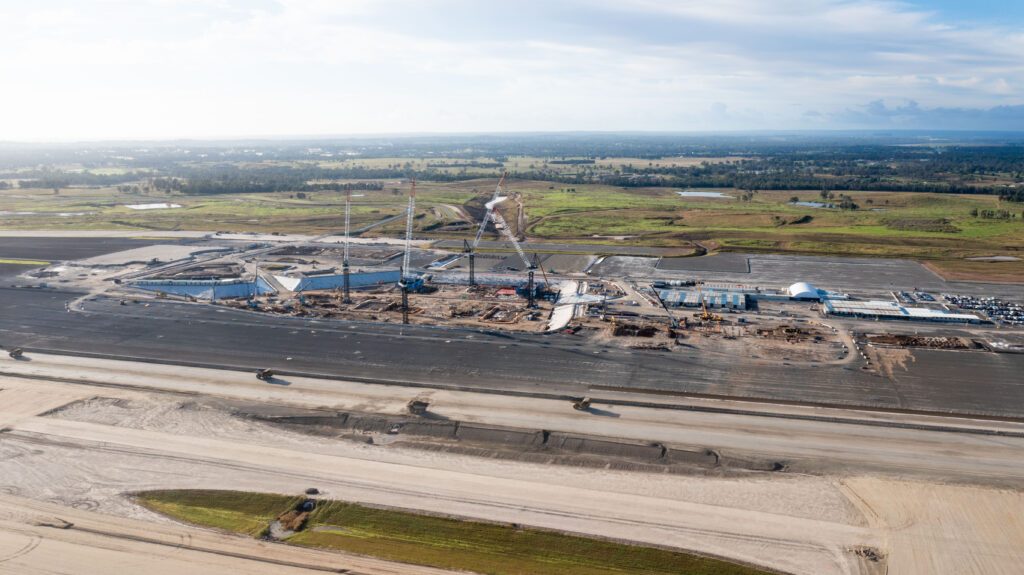
Throughout the project, sustainability will remain a key focus, with the efficient runway design reducing unnecessary fuel emissions. The airfield will also have LED lighting, and recycled materials will be used throughout the runway’s construction. For example, crushed sandstone from tunnelling projects across Sydney will be reused as a high-strength foundation to support construction of the runway, taxiways, and roads.
Along with the runway and taxiways, the airfield construction project will include more than 40 kilometres of roads and the installation of 3000 aeronautical ground lights. Furthermore, 90 kilometres of power and fibre optic cabling will be installed to electrify the airport.



